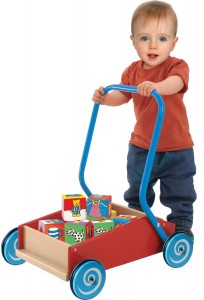 Baby walkers have been used for generations by parents who believe that these walkers will help their babies to walk sooner, as well as provide a fun toy for their children.
Baby walkers have been used for generations by parents who believe that these walkers will help their babies to walk sooner, as well as provide a fun toy for their children.
But in light of the fact that some countries have outlawed baby walkers, newer parents are asking themselves, are walkers safe for babies?
Different Types Of Walkers For Babies
Before discussing whether or not baby walkers are safe, the first thing that new parents need to know is that not all baby walkers are created equally.
Modern baby walkers tend to be round contraptions with vinyl seats, and wheels that allow babies to sit in the seat or stand up on their toes or feet and propel themselves forward or backwards by hanging onto the walker and letting the wheels do most of the work.
Other modern baby walkers are plastic walkers that babies can stand behind, holding on to the handle and walking by pushing on the handle so that the walker moves forward and then they take a step or two.
Many old-fashioned baby walkers are made of wood, which is sturdier and heavier than the plastic material now used in baby walkers.
These wooden walkers allow children to pull themselves up to a standing position without tipping the walker and the child over.
While these old style walkers may tip over less often, they still face some of the same safety issues as more modern walkers, and these risks include:
- Falling down stairs or steps
- Pinched fingers
- Burns from pulling hot items off a stove
- Pulling themselves up using a walker, and in addition, tipping the walker over onto themselves
In cases of the seat type round walkers, children often walk on their tip toes.
This can actually delay their walking, due to the fact that they are stretching young leg muscles in a way that is not conducive to walking.
Evaluating Other Risks Of Using A Baby Walker
Before deciding whether or not to use a baby walker, parents need to carefully evaluate all the risks of doing so.
Let’s take a look at some of these risks and try to understand the dangers associated with them:
Falling Down Stairs Or Steps
Once an infant begins crawling or even scooting on their belly or back, there is a real danger that they can fall down stairs or steps whether or not they use a walker.
Parents should ensure that all doors leading downstairs or outside are kept shut to avoid any infant that is playing on the floor and moving from taking a tumble.
In addition, if you don’t have a door to close off the stairs, then baby gates both at the bottom and the top of the steps are necessary to protect your child.
Walkers should only be used on the ground floor or in cases where doors can be firmly shut and the child using the walker needs to be closely supervised.
Pinched And Caught Fingers
Infants love exploring as soon as they are able to move.
Parents need to baby proof their home to ensure that there is nothing around that can pinch or catch their infants small fingers.
If choosing to use a baby walker, then the walker should be examined before purchasing it to ensure that there are no hinges or moving parts in which your child’s fingers can get caught.
Burns From Reaching Items On A Stove
While most crawling children can reach a stove top, any child that is ambulatory can easily reach and get burned on an oven door, stove top (if they can stand), hot pans of food, or heating stoves.
Burns to children are often serious and can be deadly, so you need to keep your child protected from any hot object in your home.
Children should not be in the kitchen when you are cooking, unless they are safely strapped into a stationary high chair.
And there should be some type of barrier between your child and a wood stove or radiator that cannot be pushed down, in order to prevent burns from occurring.
Falling When Using A Walker
Yes, children do fall when using a walker and they also fall when pulling themselves up to sofas and other items of furniture.
Infants have also been known to pull bookcases, stools, and even television sets over on themselves when attempting to stand or simply stumbling during those beginning walking sessions.
While it is almost impossible to prevent your child from falling occasionally, there are things you can do to ensure that your child suffers no injuries or less serious injuries if they do fall:
- Supervise your children carefully when they reach the “trying to stand” stage. Try and keep their initial standing and steps to rooms that are carpeted rather than to harder floors.
- Place padding on the edges of all furniture that has sharp edges, such as end tables, bookcases, and other types of furniture.
- Use wall hooks to firmly hook bookcases and televisions to the wall to prevent children from accidentally pulling them over on top of themselves.
- Remove all glass and breakable objects from areas where your child can reach.
Keep in mind that most injuries that occur when a child is using a walker can occur when a child is not using one as well.
The only way to truly protect your child is to closely supervise them, and to remove as much danger as possible prior to their reaching the age where they can begin to crawl, stand, and reach.
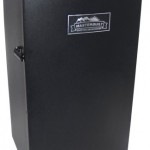
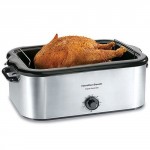
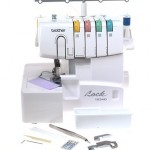
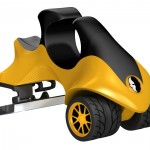
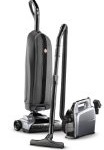
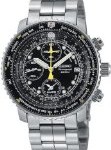
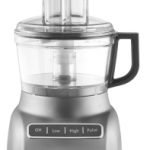
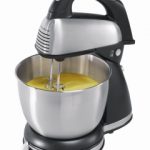
 Facebook
Facebook Pinterest
Pinterest Twitter
Twitter Google+
Google+